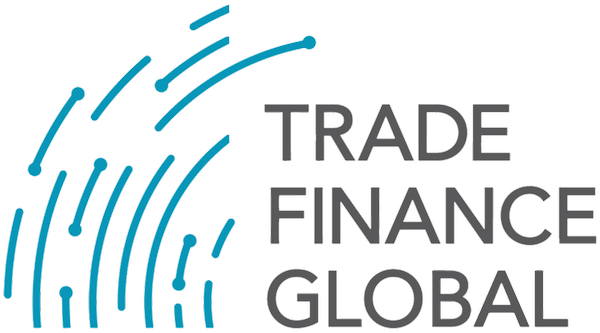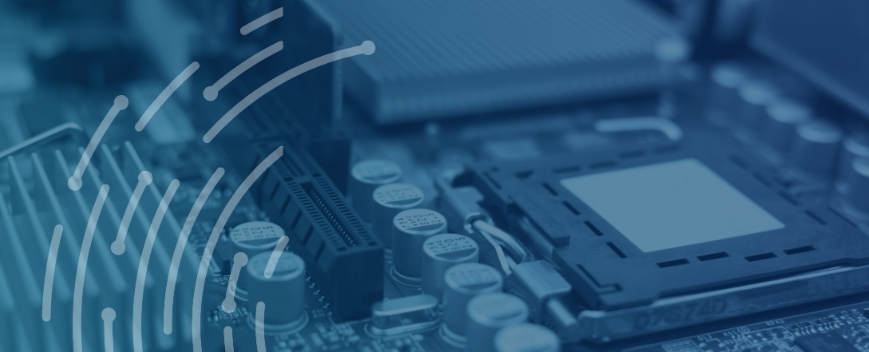- Fraud mechanisms evolve alongside advancements in payment technologies.
- Data sharing, particularly using privacy-enhancing technologies (PETs), is crucial for real-time fraud detection.
- AI and machine learning are becoming vital in detecting anomalies and enhancing data sharing.
It’s a tale as old as time: fraud mechanisms evolve in unison with the strategies hypothesised to combat them. Although payment technologies have become faster, more efficient, and sophisticated year on year, payment fraud rates have kept pace. Traditional payment methods such as debit cards and cheques still create massive exposure for financial institutions.
At the 2025 Sibos conference in Frankfurt, Germany, Trade Finance Global (TFG) sat down with Carl Slabicki, Executive Platform Owner for Treasury Services at BNY, to discuss payments fraud and strategies to tackle it.
Increasing attempted fraud and monetary loss
Since 2022, in the US, rates of attempted fraud and realised monetary loss have grown year on year for debit card, cheque, and non-bank payment apps, according to findings from the Annual Federal Reserve Financial Services (FRFS) Financial Institution Risk Officer Survey.
In 2024, the number of FI’s with monetary losses increased in check (+5%), in debit cards (+6%) and in non-bank payment apps (+1%). Compared to other payment forms, which all saw the number of FIs experiencing monetary losses in 2024 decline, Faster/Mobile payments (-1%), Wire Transfer (-1%), and Instant/Real Time Payments (-3%), the higher risk of certain payment types is evident.
According to Slabicki, the shift from paper to digital is justified and made crucial “because there’s more data available to build in real-time for protections and processing with digital payments.”
In the US, around 10 billion checks are processed each year. Cheque fraud, which can be committed using counterfeit, altered, or stolen cheques, payee forgery, endorsement forgery or cheque washing, accounted for 31% of fraud loss expense by payment type in the US in 2023 and 2024. Only debit card fraud was higher, accounting for 39% of fraud loss by payment type in 2024 for FIs.
Although the payments industry has seen an increasing investment in strategies to make payments faster, irrevocable, 24/7, instant, payments involving physical and paper payment types seem, in some ways, an industry blind spot.
Data sharing in anomaly detection
Data sharing has grown increasingly important to detect fraud in payments, particularly for cross-border detection.
Swift has hailed the success of a series of experiments that used privacy-enhancing technologies (PETs) to share fraud insights across borders securely. The experiments, involving 13 major banks, including BNY, allowed participants to verify intelligence on suspicious accounts in real time, accelerating the process of crime detection and preventing fraudulent transactions from being executed.
The technology allows banks to walk a fine line between the benefits of data sharing and the importance of retaining a competitive advantage and consumer protection.
As Slabicki told TFG, “We’re working in the US market with the clearinghouse, Total Reserve, and Natcha on ways to centralise data information sharing at the network level”.
AI usage for detection and information collection
AI can help with anomaly detection in real-time by picking up on suspicious patterns and flagging them.
AI can integrate machine learning with data available not only within the company but also in comparison with market figures and other cross-border institutions involved in data-sharing in real-time.
BNY launched an internal proprietary platform named Eliza after Eliza Hamilton, the wife of BNY’s founder, Alexander Hamilton. Eliza can “plug in any type of language learning model from the market,” Slabicki said. This compatibility enables Eliza to use and integrate with other large language models (LLMs), increasing data-sharing ease and data availability.
One important use for AI is in collecting information for data sharing. Alongside PET, Swift’s data-sharing initiatives developed the use of federated learning, which enables AI models to ‘visit’ each financial institution locally to train on local data. It also enables institutions to collaborate without sharing customer information. “You can extract federated data from different endpoints,” Slabicki added, explaining the value of these efforts, which enable you to benefit from external data and “bring it in”.
At BNY, AI has now been integrated into various initiatives, including manual payment repairs.
Perhaps this will open up future opportunities to further integrate AI’s capacities in payment fraud detection with payment options involving cheques and debit cards.
Digital assets and payments
Cryptocurrencies and stablecoins are both gaining ground in the trade finance industry as a mechanism for making financial assets more interoperable. “One of the values that I potentially see in the market of putting things on-chain, whether they be private or public, is that you can exchange different asset types”, said Slabicki.
Alongside opportunities to increase flexibility, however, digital assets can introduce risk into the ecosystem by increasing the volatility of markets and the complexity of financial transactions.
Slabicki said, “I think the technology has a lot of promise, and we’re trying to evaluate how, outside of the digital assets realm, it could assist traditional financial services.”
—
Combatting payment fraud will not be easy. The approach has to be multifaceted: shifting from paper to digital payments, enhancing data sharing through privacy-enhancing technologies, and implementing new mechanisms as they come out.
But the industry waits for no one, so with the growth of blockchain and digital assets, the key to success lies in implementing robust security measures every step of the way to stay one step ahead.





























